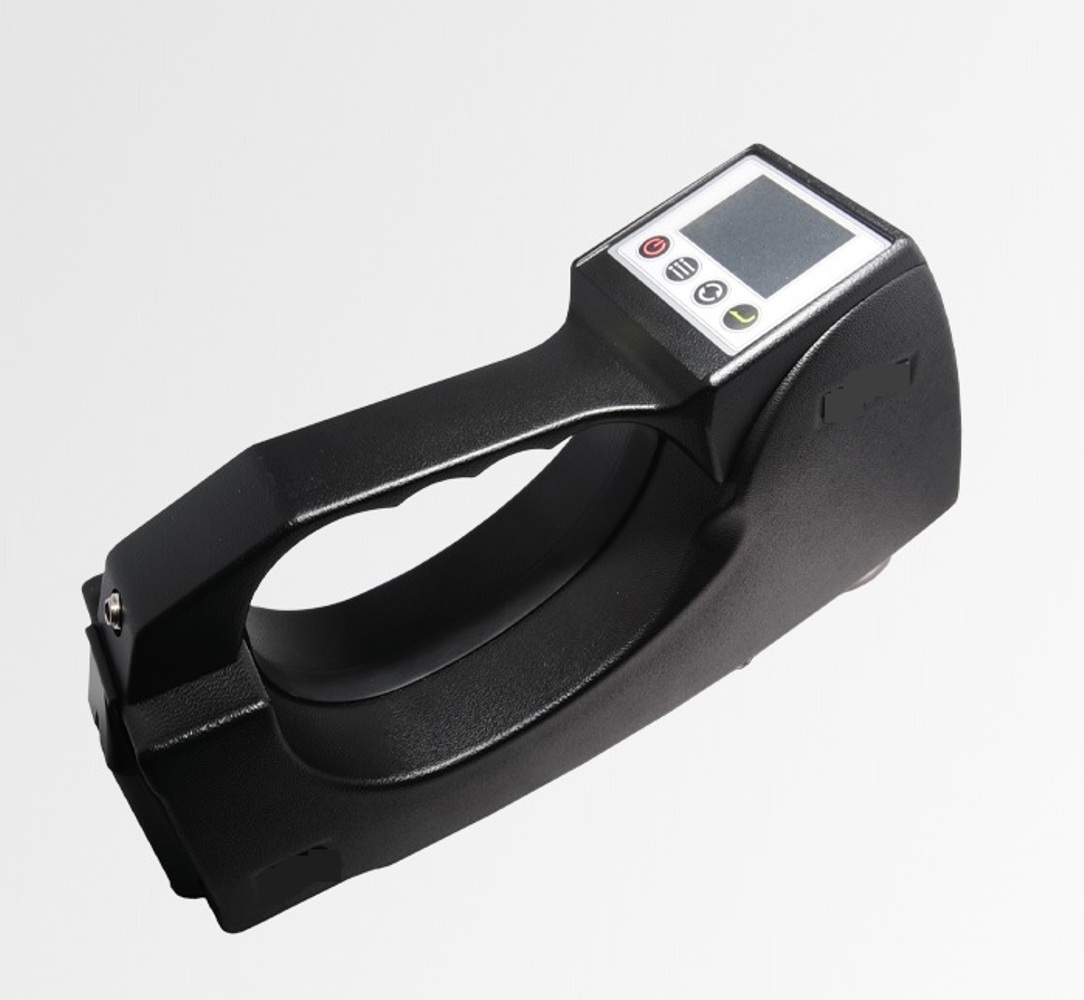
The global market for rheumatoid arthritis treatments is expected to grow at a CAGR of...
Learn More
Our consulting solutions address company specific challenges with respect to micro environment...
Learn More
Organizations frequently need day-today research guidancein order to gain strategic...
Learn More
Exploring different areas of market research and market analysis is a key factor...
Learn MoreAcute Market Reports presents the most extensive global business research services across industries. Our research studies focus on potential outcomes, benefits, and risks associated with each market segment across geographies. Having served our global clients for more than 10 years, our prime priority is to enable our clients in making well-informed business decisions through a data-driven, analytical, and uncomplicated research approach.
We provide access to the world's most comprehensive, analytical, and updated business intelligence services and solutions.




The manufactured sand and granite market is expected to grow at a CAGR of 9% during the forecast period of 2025 to 2033. The market has gained significant traction in the construction and infrastructure sectors, offering viable alternatives to tradit...
Read More
The construction estimating software market acts as the cornerstone of the construction tech segment, offering contractors, developers, and planners a structured approach to anticipate project expenses, from raw materials to human resources. This dig...
Read More
The explosive detectors market is expected to grow at a CAGR of 12.2% during the forecast period of 2025 to 2033, driven by increasing global security concerns, technological advancements in detection systems, and substantial government investments in security infrastructure. Despite the high cos...
Read More




